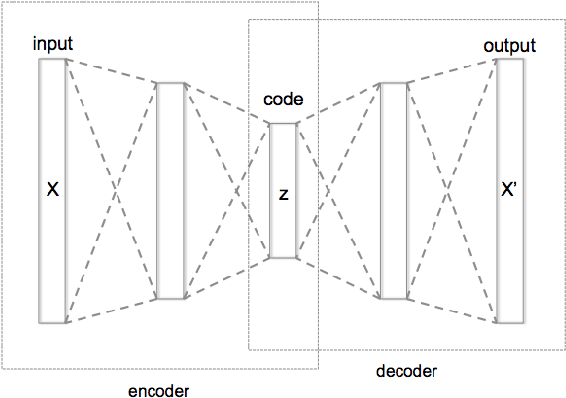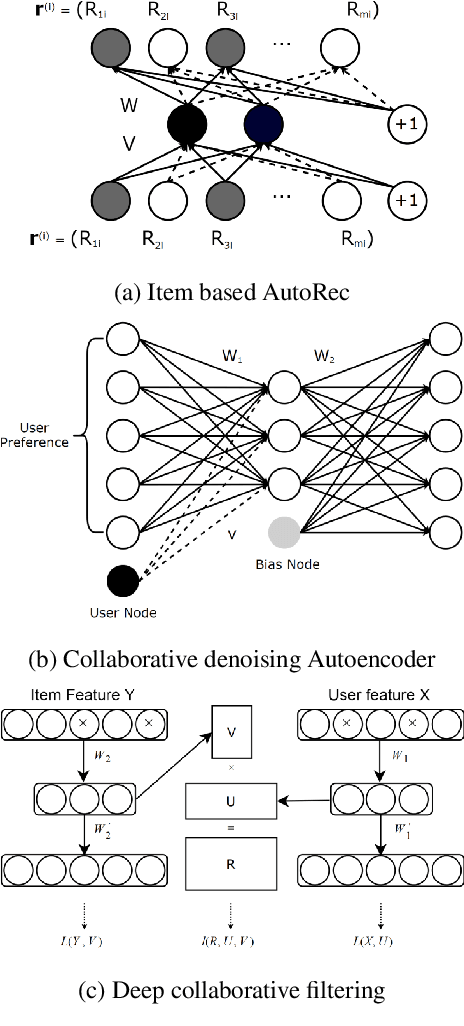Mohammad Hadi Valipour
GHRS: Graph-based Hybrid Recommendation System with Application to Movie Recommendation
Nov 06, 2021



Abstract:Research about recommender systems emerges over the last decade and comprises valuable services to increase different companies' revenue. Several approaches exist in handling paper recommender systems. While most existing recommender systems rely either on a content-based approach or a collaborative approach, there are hybrid approaches that can improve recommendation accuracy using a combination of both approaches. Even though many algorithms are proposed using such methods, it is still necessary for further improvement. In this paper, we propose a recommender system method using a graph-based model associated with the similarity of users' ratings, in combination with users' demographic and location information. By utilizing the advantages of Autoencoder feature extraction, we extract new features based on all combined attributes. Using the new set of features for clustering users, our proposed approach (GHRS) has gained a significant improvement, which dominates other methods' performance in the cold-start problem. The experimental results on the MovieLens dataset show that the proposed algorithm outperforms many existing recommendation algorithms on recommendation accuracy.
A simple method for decision making in robocup soccer simulation 3d environment
Dec 07, 2012Abstract:In this paper new hierarchical hybrid fuzzy-crisp methods for decision making and action selection of an agent in soccer simulation 3D environment are presented. First, the skills of an agent are introduced, implemented and classified in two layers, the basicskills and the highlevel skills. In the second layer, a twophase mechanism for decision making is introduced. In phase one, some useful methods are implemented which check the agent's situation for performing required skills. In the next phase, the team str ategy, team for mation, agent's role and the agent's positioning system are introduced. A fuzzy logical approach is employed to recognize the team strategy and further more to tell the player the best position to move. At last, we comprised our implemented algor ithm in the Robocup Soccer Simulation 3D environment and results showed th eefficiency of the introduced methodology.
 Add to Chrome
Add to Chrome Add to Firefox
Add to Firefox Add to Edge
Add to Edge